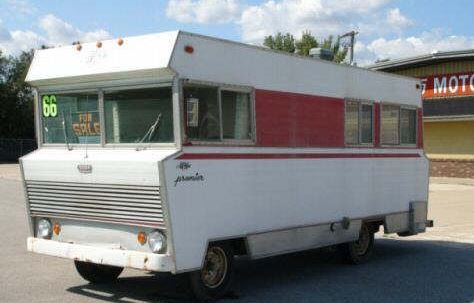
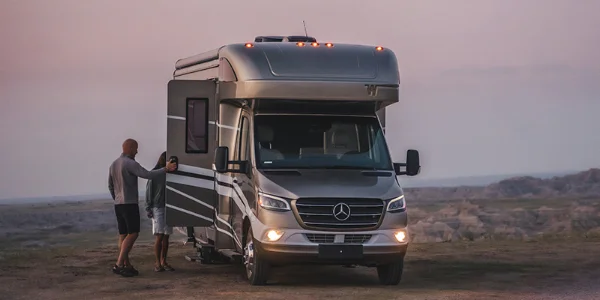
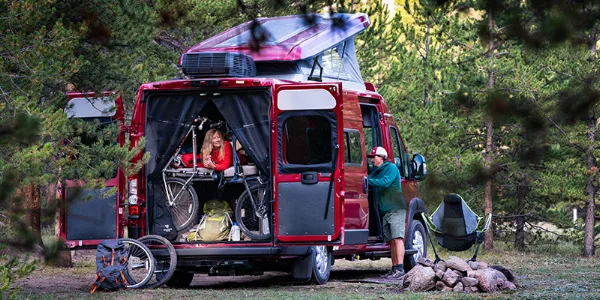
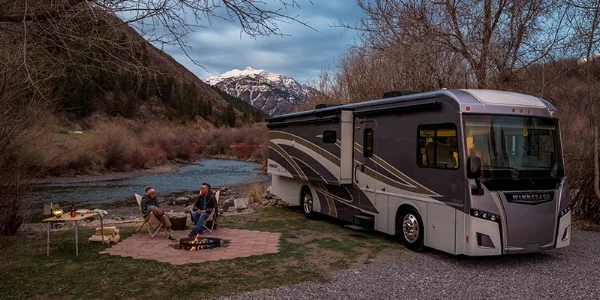
Winnebago Industries is a leading manufacturer of recreational vehicles (RVs) in the United States, and its name is synonymous with high-quality motorhomes. The company’s history is intertwined with the history of the RV industry itself, which has grown and evolved over the past century. In this article, we will delve into the fascinating history of Winnebago motorhomes, tracing the company’s roots from its founding to the present day.
The Early Years
Winnebago Industries was founded in 1958 by a group of businessmen from Winnebago County, Iowa. The company’s original name was Modernistic Industries, and it was founded to build small travel trailers. However, the company soon changed its focus to building larger motorhomes, which were becoming increasingly popular among American travelers.
In 1960, Winnebago Industries introduced its first motorhome, the Model 001. This early motorhome was built on a Dodge chassis and featured a small kitchen, bathroom, and sleeping area. Despite its modest size, the Model 001 was a hit with customers, and it helped establish Winnebago Industries as a major player in the RV industry.
The Growth Years
Throughout the 1960s and 1970s, Winnebago Industries experienced tremendous growth, driven in part by the increasing popularity of RV travel among American families. The company introduced a wide range of new motorhome models during this period, including the Brave, Chieftain, and Warrior. These models featured a variety of amenities, including air conditioning, generators, and luxurious interiors.
Winnebago Industries also expanded its manufacturing capabilities during this period, opening new production facilities in Indiana, Oregon, and Florida. By the end of the 1970s, the company had become the largest manufacturer of motorhomes in the world, producing more than 35,000 units per year.
The Lean Years
The 1980s were a challenging decade for Winnebago Industries, as the RV industry went through a period of consolidation and declining sales. The company responded by streamlining its operations and introducing new, more efficient manufacturing processes. It also introduced a new line of smaller, more affordable motorhomes, such as the LeSharo and Rialta.
Despite these efforts, Winnebago Industries struggled to maintain its market share during this period. The company’s sales declined sharply, and it was forced to lay off hundreds of employees. However, the company’s management remained committed to innovation, and it continued to invest in new technologies and designs.
The Modern Era
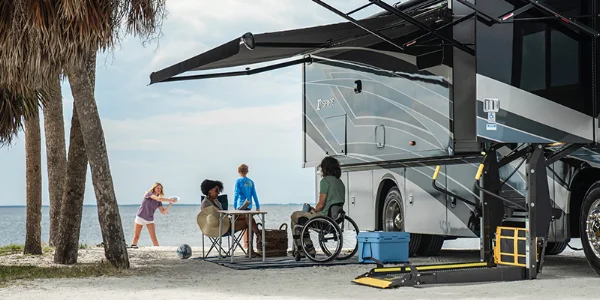
In the 1990s, Winnebago Industries rebounded from its earlier struggles, driven in part by a strong economy and a renewed interest in RV travel. The company introduced a range of new motorhome models during this period, including the Vectra, Adventurer, and Journey. These models featured cutting-edge amenities such as slide-out rooms, flat-screen TVs, and advanced audio systems.
Winnebago Industries also invested heavily in research and development during this period, exploring new materials and manufacturing techniques. In 2008, the company introduced its first hybrid motorhome, the Winnebago View, which combined the fuel efficiency of a smaller motorhome with the luxury and comfort of a larger one.
Today, Winnebago Industries is a leading manufacturer of RVs, with a diverse product line that includes motorhomes, travel trailers, and fifth wheels. The company continues to innovate, introducing new technologies such as advanced driver assistance systems and all-electric motorhomes.
Industries has played a significant role in shaping the evolution of motorhomes. The company’s commitment to innovation and quality has helped it weather numerous economic challenges over the years, and its ability to adapt to changing consumer preferences has allowed it to remain a major player in the RV market.
Today, Winnebago motorhomes are known for their luxurious interiors, advanced features, and impressive fuel efficiency. The company offers a range of motorhomes to suit a variety of lifestyles and budgets, from the compact and efficient View to the spacious and luxurious Horizon.
Looking to the future, Winnebago Industries is well positioned to continue its legacy of innovation and quality. As RV travel continues to grow in popularity among Americans, the company’s commitment to producing high-quality, cutting-edge motorhomes is likely to keep it at the forefront of the industry for many years to come.
In recent years, Winnebago Industries has also been focused on sustainability and environmental stewardship. The company has made a commitment to reducing its carbon footprint, implementing more eco-friendly manufacturing processes, and developing new electric and hybrid RVs.
One of Winnebago’s most exciting new offerings is the electric-powered EKKO motorhome, which was introduced in 2020. The EKKO is built on a Ford Transit chassis and features an all-electric powertrain, with a range of up to 220 miles on a single charge. It also features a spacious interior with all the amenities of a traditional motorhome, including a full kitchen, bathroom, and sleeping quarters.
In addition to its electric and hybrid offerings, Winnebago Industries is also exploring new technologies that could make RV travel even more enjoyable and convenient. For example, the company has developed an advanced driver assistance system (ADAS) that can help drivers avoid collisions and stay safe on the road.
Overall, the history of Winnebago motorhomes is a story of perseverance, innovation, and adaptability. From its humble beginnings as a small trailer manufacturer in Iowa, the company has grown to become a global leader in the RV industry, known for its high-quality, luxurious motorhomes and its commitment to sustainability and environmental stewardship. As RV travel continues to evolve and change, Winnebago Industries is likely to remain at the forefront of the industry, driving innovation and helping people experience the joys of travel and adventure on the open road.
Winnebago Industries has also been a pioneer in the use of digital technology to enhance the RV experience. In recent years, the company has introduced a range of digital features designed to make RV travel more convenient, efficient, and enjoyable. These include advanced entertainment systems, climate control systems, and navigation tools, as well as mobile apps that allow users to monitor and control their motorhomes remotely.
One example of this is the Winnebago Connect mobile app, which allows users to control various functions of their motorhomes, such as the lighting and climate control systems, from their smartphones. The app also provides real-time monitoring of important systems, such as the battery and water levels, and can alert users to any potential issues or maintenance needs.
Another innovative feature introduced by Winnebago is the SmartSpace design philosophy, which aims to maximize the use of space in motorhomes without sacrificing comfort or functionality. This design philosophy is evident in many of the company’s most popular models, such as the Forza and the Navion, which feature clever storage solutions, flexible living spaces, and multi-functional furniture.
In recent years, Winnebago Industries has also been focused on expanding its customer base beyond traditional RV enthusiasts. The company has introduced a range of products and services designed to appeal to younger, more diverse audiences, including the Revel and the Solis, which are designed for off-road and adventure travel, and the Boldt, which features a sleek, modern design and advanced technology features.
Overall, the history of Winnebago motorhomes is a story of continuous innovation, driven by a commitment to quality, sustainability, and customer satisfaction. As the RV industry continues to evolve and adapt to changing consumer preferences and technological advancements, Winnebago Industries is likely to remain a key player in the market, driving innovation and shaping the future of RV travel for years to come.
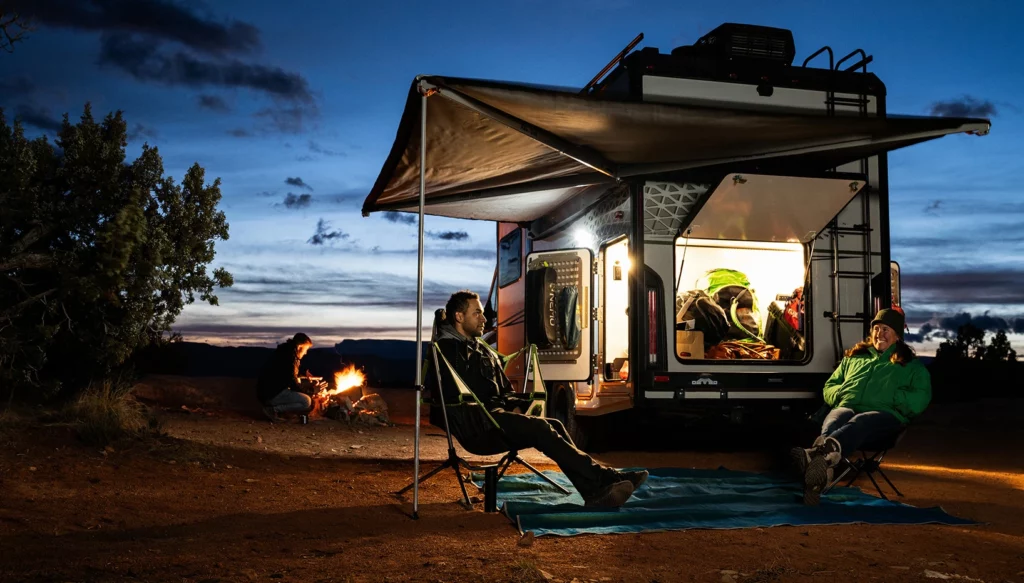
Check Out Everything WInnebago Has To Offer Here At There Website Winnebago
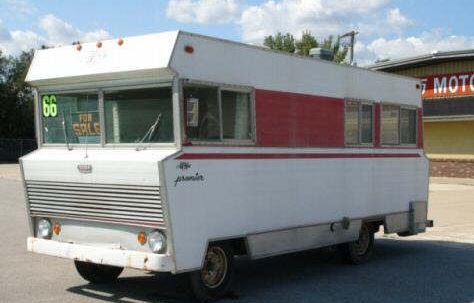
Pingback: What is the Lifespan of an RV in Terms of Mileage?